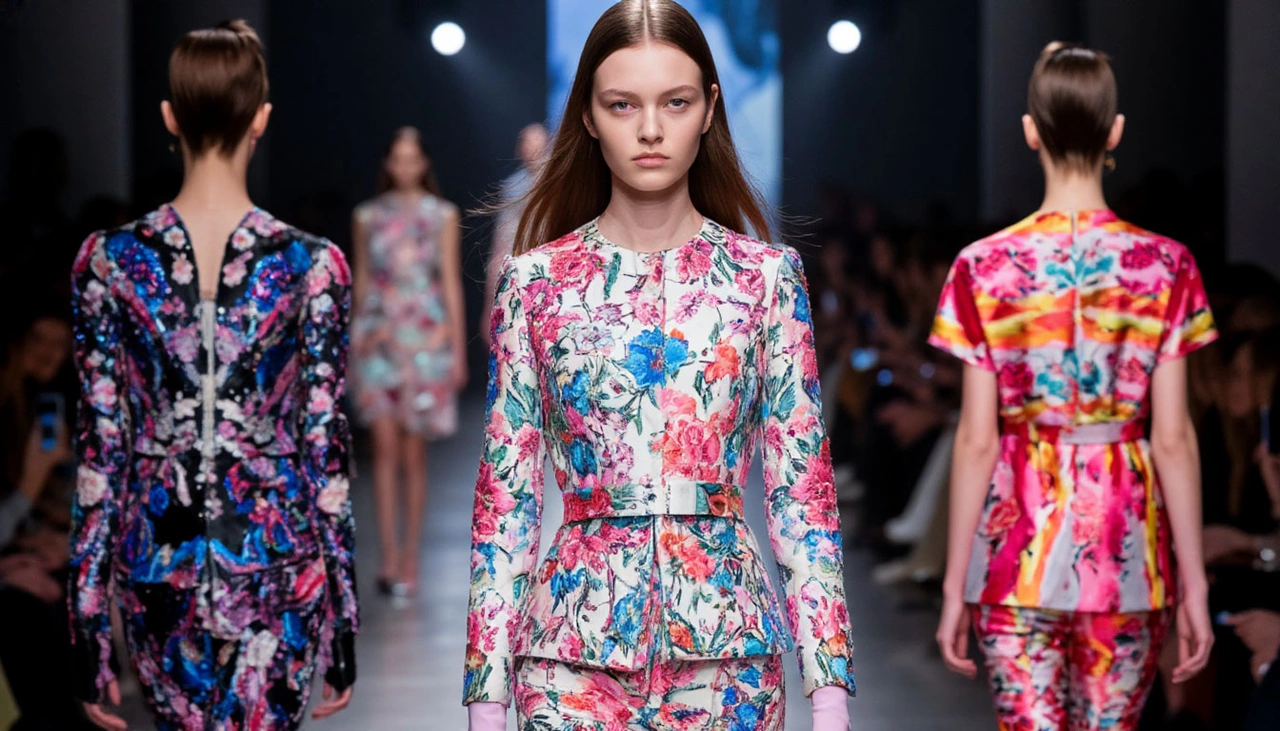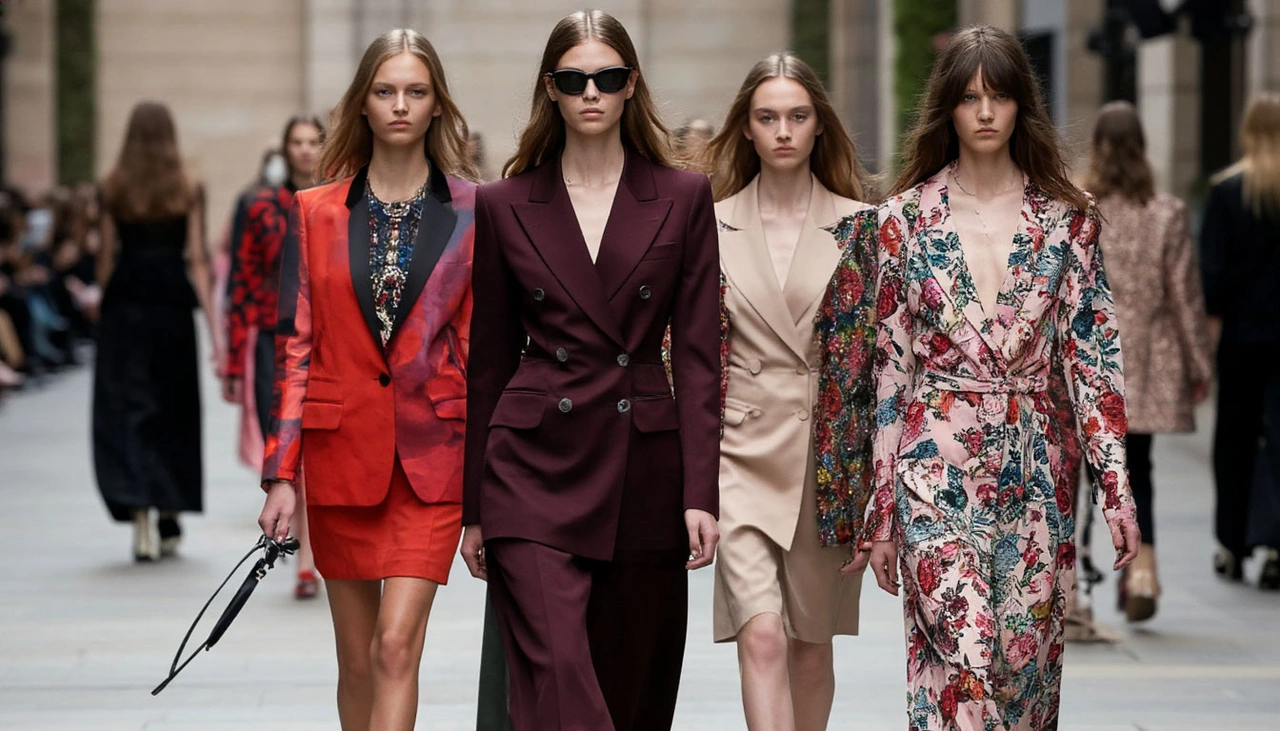Fashion 2025: A Quiet Reflection of a Loud Era
If you’ve been paying attention to fashion lately, you’ve probably noticed that 2025 isn’t about shock value, eccentricity, or even trends in the traditional sense. It’s about pause. About exhale. About rethinking not just what we wear — but why we wear it.
After several years of global upheaval — from pandemics to climate anxiety to economic turbulence — fashion seems to be regaining its breath. No, it hasn’t become boring. But it has become quieter, more intentional, more introspective. And within that silence, a new set of questions emerges — questions fashion has long avoided. Why do we wear what we wear? What’s behind the fabric, the cut, the brand? Who gets to belong in fashion, and who’s still left on the outside?

Silence as the New Luxury
The most powerful trend this year isn’t visual — it’s philosophical. It’s slowness. Brands are stepping away from the frantic pace of collections and fashion calendars. Words like timeless, seasonless, and essential dominate the conversation. Garments are becoming investments again — not just trophies from the latest hype cycle.
Take Bottega Veneta’s Spring/Summer 2025 collection: it’s a love letter to craftsmanship. No gimmicks, no flash — just texture, shape, and quiet. Jonathan Anderson at Loewe offers reimagined classics through form and feel. Even Balenciaga, once the provocateur of fashion shock, is embracing a new kind of restraint — nearly philosophical in tone.
Fashion is no longer shouting. And that, in itself, is a bold statement.
Identity: Not a Mask, But a Space
The old idea that “fashion is self-expression” is evolving in 2025. It’s no longer just about choosing between skirts and pants. It’s about navigating identity between cultural codes, social cues, and digital layers. More than ever, clothing has become a space where we can be ambiguous, vulnerable, and unresolved.
Young designers — from AREA to rising brands across Latin America and Asia — are creating clothes that don’t impose gender, style, or status. They offer flexibility, fluidity, openness. The 2025 aesthetic isn’t just about layering fabric — it’s about layering meaning.
Digital, Physical, and the Body in Between
Tech is still on the runway, but with more nuance. The days of metaverse hype and NFT fashion drops are fading, replaced by something more hybrid and grounded. Designers are now exploring digital-physical pairs as tools for everyday function, not just spectacle. You might wear a dress in real life and its AR counterpart lives with your avatar — not as a novelty, but as a natural extension.
This evolution changes how we perceive the body, too. It no longer has to be ideal. It can be scanned, reshaped, interpreted — both digitally and physically. Fashion in 2025 is no longer about “displaying” the body, but about “experiencing” it. We’re not dressing for others’ gaze — we’re dressing for our own inner resonance.

Sustainability: From Buzzword to Ethos
“Sustainability” has echoed through the industry since the early 2010s. But in 2025, it finally feels lived-in, not just branded. Brands aren’t just using recycled fabrics; they’re rethinking supply chains, production cycles, and the very idea of ownership.
What inspires me most is the rise of local craftsmanship, micro-batches, and transparent production. It’s no longer about made in Italy — it’s about made with time. Consumers are asking smarter questions: Who made my clothes? How were they paid? What happens to this garment when I’m done?
Fashion as a Mirror, Not a Megaphone
Ultimately, fashion in 2025 reflects not just what we want to wear, but how we want to live. It has become quieter, smarter, more layered. We no longer chase looks — we search for feeling. Clothing, in this new era, becomes a second skin — not just to the body, but to the soul.
As someone who follows fashion not for the glamour but for the meaning, I find this deeply hopeful. For the first time in years, fashion isn’t dictating — it’s listening. It’s not offering ideals — it’s asking questions. And that makes it not just beautiful, but truly alive.
Close